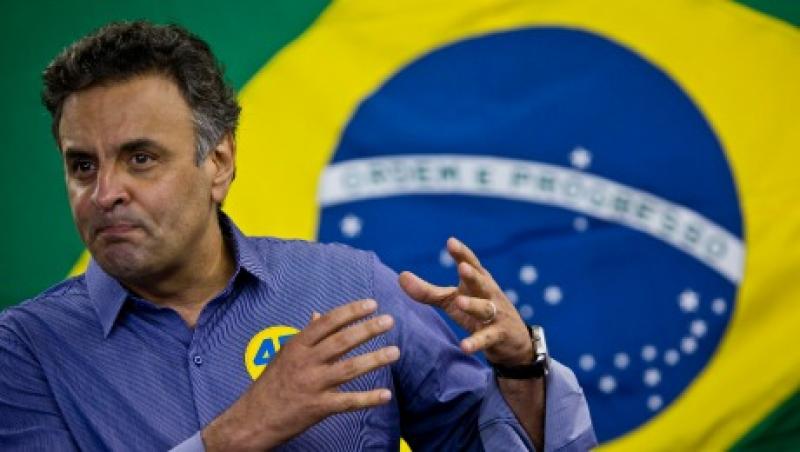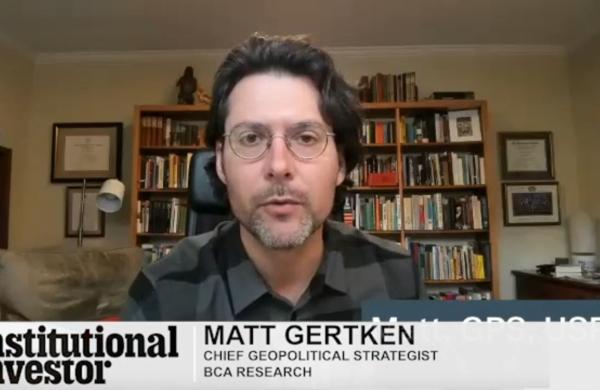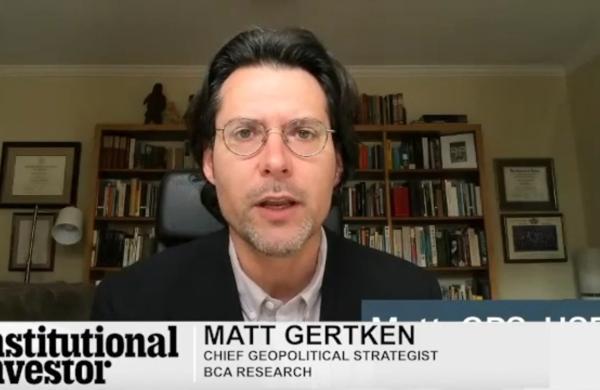Global investors must focus on relative value by definition. With the U.S. unemployment rate at 5.9 percent — the lowest it has been since July 2008 — it now appears likely that there is little that would stay the Federal Open Market Committee’s hand in the coming months. With low energy prices and signals of increased activity through multiple sectors of the economy adding to the bullish picture, the U.S. dollar appears poised to maintain strength versus primary global currencies for the foreseeable future. While concerns about growth prospects in Europe and Asia hang over the global economy, as earnings season commences, the U.S. appears to remain the safe haven for financial assets.
Shocker in Brazilian presidential election. The Brazilian presidential election kicked off on Sunday with a surprise surge in support for challenger Aécio Neves, which lifted him to second place overall and ensured a runoff against the incumbent, President Dilma Rousseff. The campaign rhetoric of Neves, the president of the center-right Brazilian Social Democracy Party, has harkened back to the period of economic growth under his party’s leadership from 1995 to 2002. Polling data suggests that Rousseff retains a strong lead in poorer, rural regions.
Europe’s industrial engine slows down. Factory orders in Germany contracted by 5.7 percent in August versus July, a decline of 1.3 percent year-over-year. Taken in context with recent purchasing managers’ index (PMI) data, this news suggests that the industrial sector in the European Union’s largest economy is continuing to slow on the back of weak regional demand.
World Bank lowers China outlook. In a release today the World Bank announced a reduction in its growth projections for China. The bank now predicts the country’s final gross domestic product for 2014 at 7.4 percent, versus a prior 7.6 percent and below Beijing’s official GDP growth targets for Beijing. The UN financial institution also lowered its projections for 2015 and 2016.
China’s central bank stays the course. The quarterly statement released over the weekend from the People’s Bank of China (PBOC) Monetary Policy Committee stressed that the central bank would continue to focus on better control of capital flows. The language regarding PBOC liquidity, credit and exchange rate reform remained largely unchanged from prior releases.
The Pond narrows. The seventh meeting between U.S. and EU officials discussing the proposed Trans-Atlantic Trade and Investment Partnership (TTIP) concluded in Chevy Chase, Maryland, on Friday. No official timetable for discussions of the proposed new trade agreement has been publicly announced, but analysts anticipate years of discussion at a minimum as the overlapping regulatory and judicial issues are vetted.
Portfolio Perspective: Why the Stock Market Needs to Correct 10–20 Percent — Brad Lamensdorf, Ranger Alternative Management
The stock market is due for a 10 to 20 percent nosedive as a flurry of technical and sentiment indicators have reached extreme levels previously seen at market tops. Margin debt on the New York Stock Exchange neared $180 billion as of August — an amount equivalent to the margin debt level at the height of the 2000 tech bubble if it were valued in today’s dollars. This shows that investors are overly aggressive and leveraged. A slight correction could trigger a wave of margin calls that suddenly leads to a tsunami of selling. Stock mutual funds’ cash positions have plummeted to an all-time low of 3 percent, according to Ned Davis Research. Given the thin reserve levels, mutual fund managers will be forced to liquidate their holdings to honor investor redemptions.
The Investors Intelligence weekly survey of professional newsletter writers shows they are overwhelmingly bullish. A reading of 77.4, taken September 5, is the highest level seen since the summer of 1987 -- just before the epic Black Monday stock market crash. Norman Fosback’s indicator tracking an average of the 25 cheapest stocks in the S&P 500 currently reads 20 — high above the 16 level that corresponded with market tops. It’s also the second-highest reading in more than 50 years.
Corporate debt levels have soared to a fresh zenith of $9.63 trillion. At 56 percent, the debt-to-GDP ratio soars high above its average of 36 percent since the early 1950s. Although the economy may be improving, the stock market has already priced in those expectations. With expectations so high, the market can be easily disappointed. We have allocated one third of our portfolio to short positions.
Brad Lamensdorf is a principal at Ranger Alternative Management, subadviser of AdvisorShares Ranger Equity Bear ETF (HDGE) and CIO of The Lamensdorf Market Timing Report.






